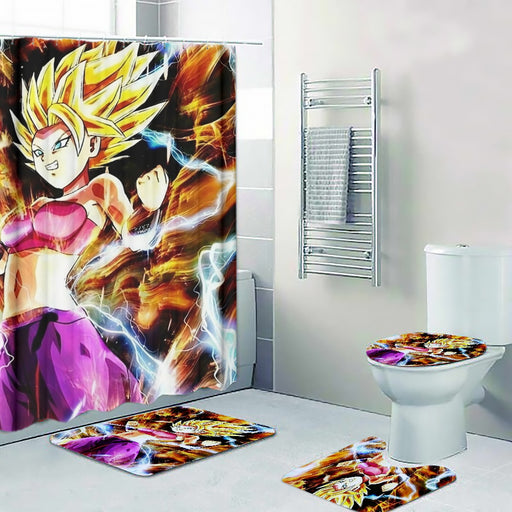
The Majin Symbol
Have you ever laid eyes on the Majin symbol from Dragon Ball Z and felt its allure pull you in like a magnet? As a fan of the series, I cannot help but be enamored with this iconic symbol that represents power, destruction, and transformation.
The Majin symbol is a stylized representation of the letter "M" in the English alphabet, and it is prominently featured in the series as a mark of the powerful and malevolent Majin race. The symbol is instantly recognizable with its distinctive shape, pointed edges, and thick lines that evoke a sense of strength and dominance.
What I find fascinating about the Majin symbol is its versatility in the series. It is not just a simple symbol, but rather, it has a deep meaning and importance within the Dragon Ball Z universe. From being used to control and manipulate people, to marking the transformation of a hero into a powerful force of destruction, the symbol has played a significant role in many story arcs.
But beyond its significance in the series, the Majin symbol is also a powerful icon that represents the power of transformation and change. As a fan, I have always been drawn to the idea of transformation and self-improvement, and the Majin symbol embodies this idea perfectly. It represents the idea that anyone can transform into a powerful force, and that with enough determination and strength, we can all achieve greatness.
Moreover, the Majin symbol has also become a popular symbol in fan art and merchandise. From clothing to posters, the symbol has become a staple of the Dragon Ball Z fandom, and its allure continues to attract new fans every day.
In conclusion, the Majin symbol from Dragon Ball Z is a symbol of power, transformation, and allure that has captured the hearts of many fans of the series. It represents the idea that with enough determination and strength, we can all achieve greatness and transform into powerful forces of nature. Whether you're a fan of the series or just appreciate the power and beauty of the symbol, there's no denying its importance and allure.
Best Sellers
Dragon Ball Z - Vegeta Badman Shirt
Vegeta the Prince of Saiyans wearing a pink shirt? How is it possible? Bulma is really cheeky! Anyway, unlike a combat outfit, this Vegeta Badman S...
View full detailsSleek Goku Mousepad Dragon Ball Z
About Elevate your gaming or work setup with the "Sleek Goku Mousepad Dragon Ball Z." This stylish mousepad features a captivating design showcas...
View full detailsDragon Ball Z Hot Anime Art Silk Poster Canvas Print
About Transform your space into an epic battleground with the "Dragon Ball Z Hot Anime Art Silk Poster Canvas Print." This stunning artwork capture...
View full detailsDragon Ball Super Caulifla Super Saiyan 2 Epic Casual Four-piece Bathroom
Introducing the Dragon Ball Super Caulifla Super Saiyan 2 Epic Casual Four-piece Bathroom Set – a fusion of style and Saiyan strength for your bath...
View full detailsBulma Dress: Your Versatile Wardrobe Game-Changer
Embark on an adventure of style and comfort with our Bulma Dress – the ultimate everyday casual wear that effortlessly transforms into the most cre...
View full details








